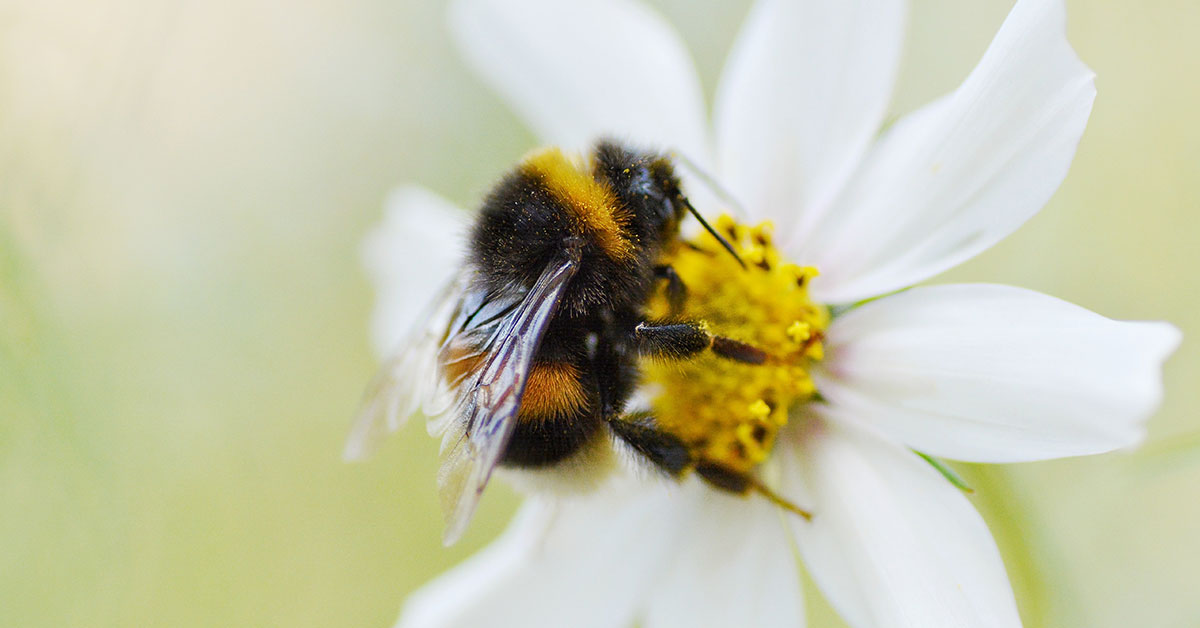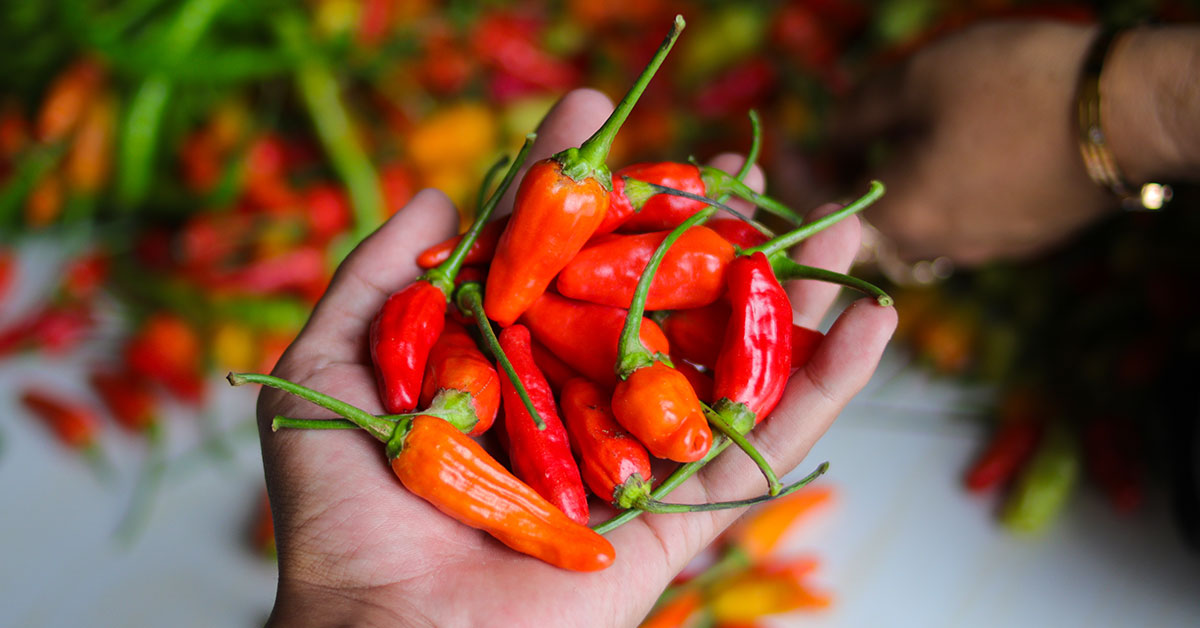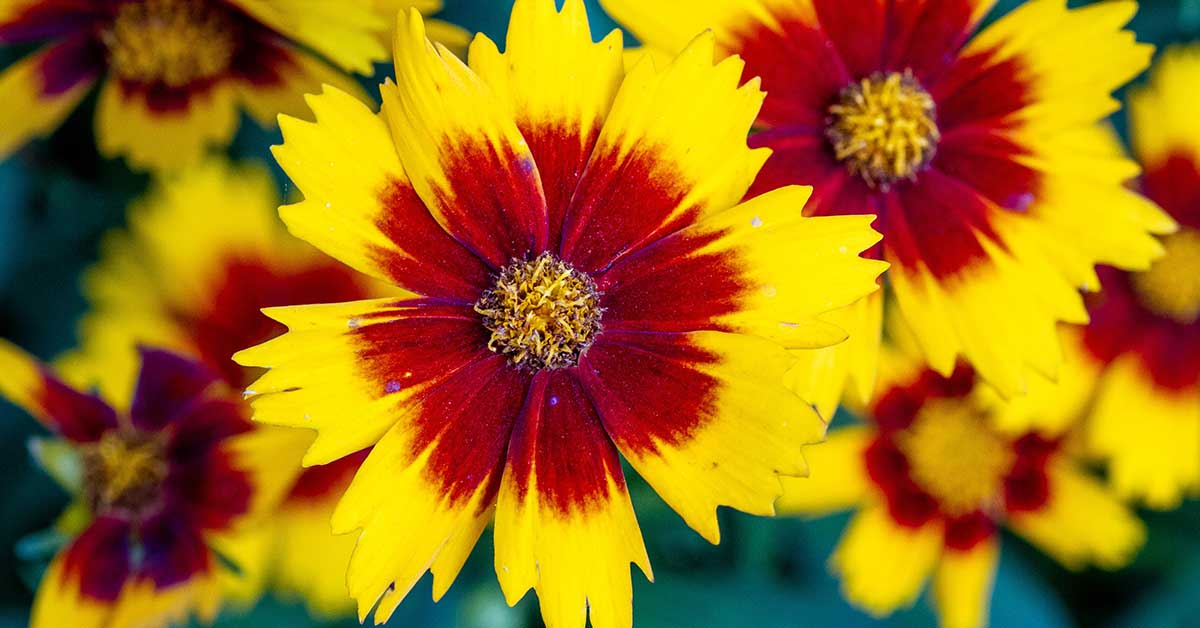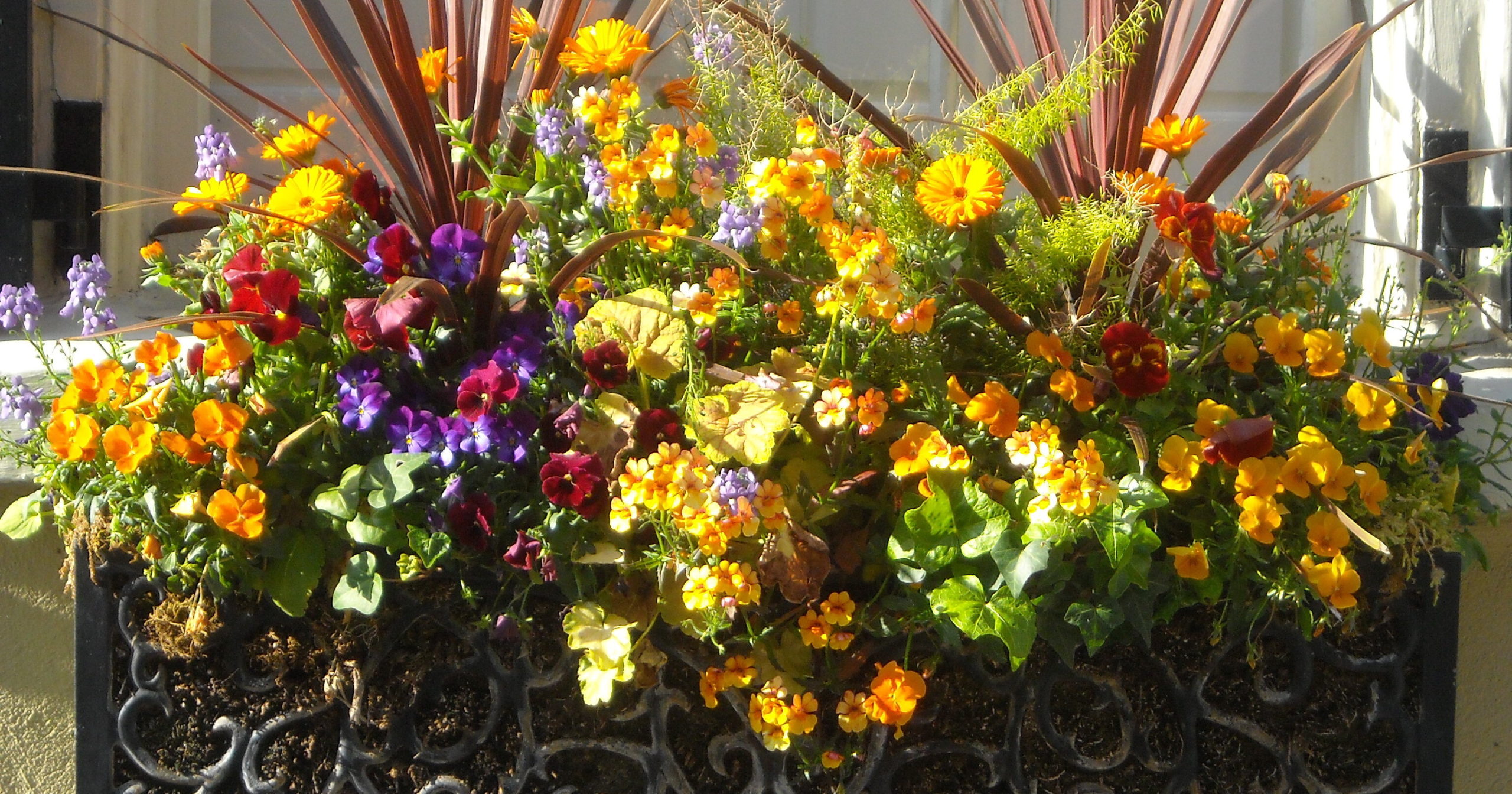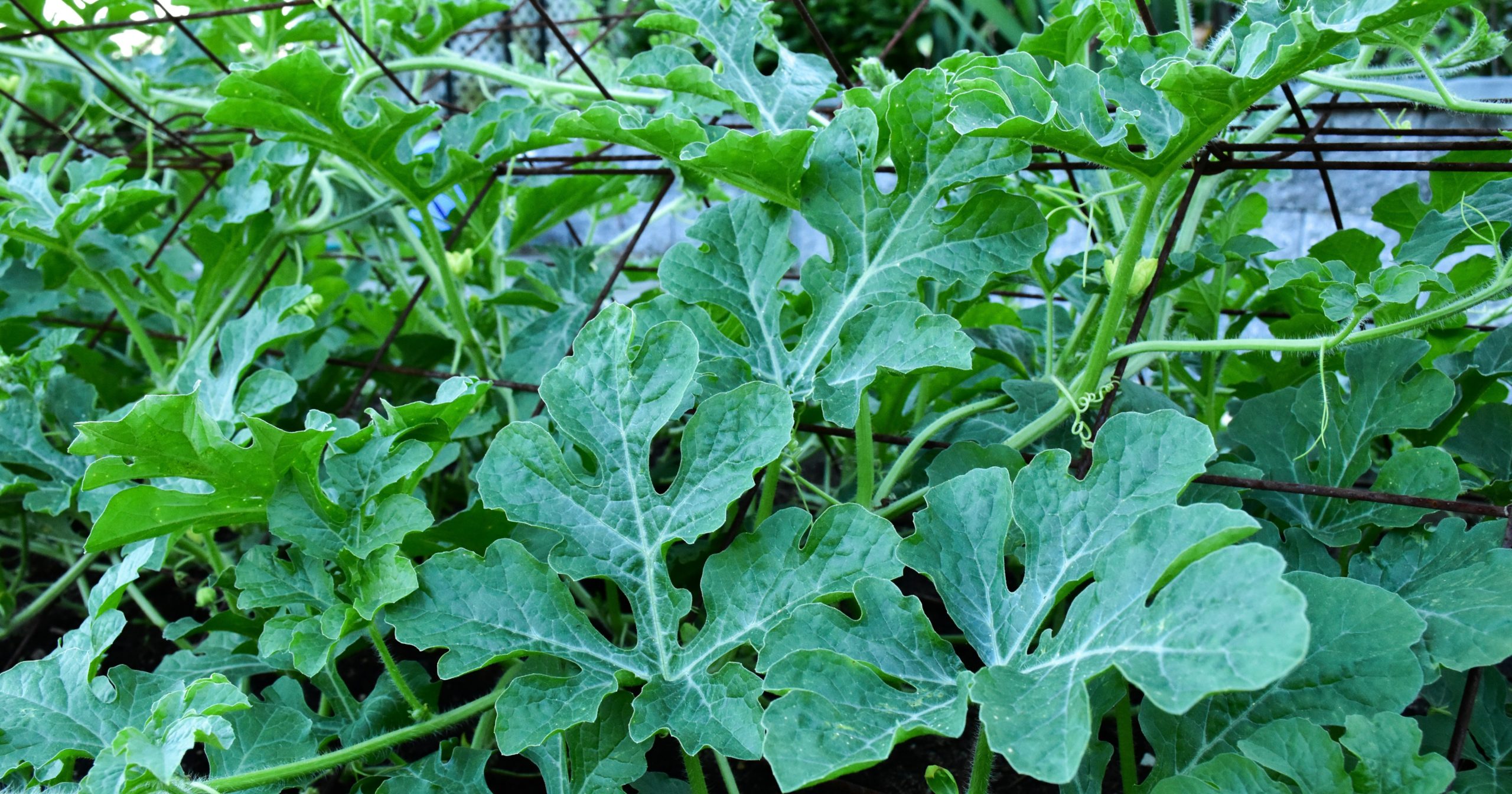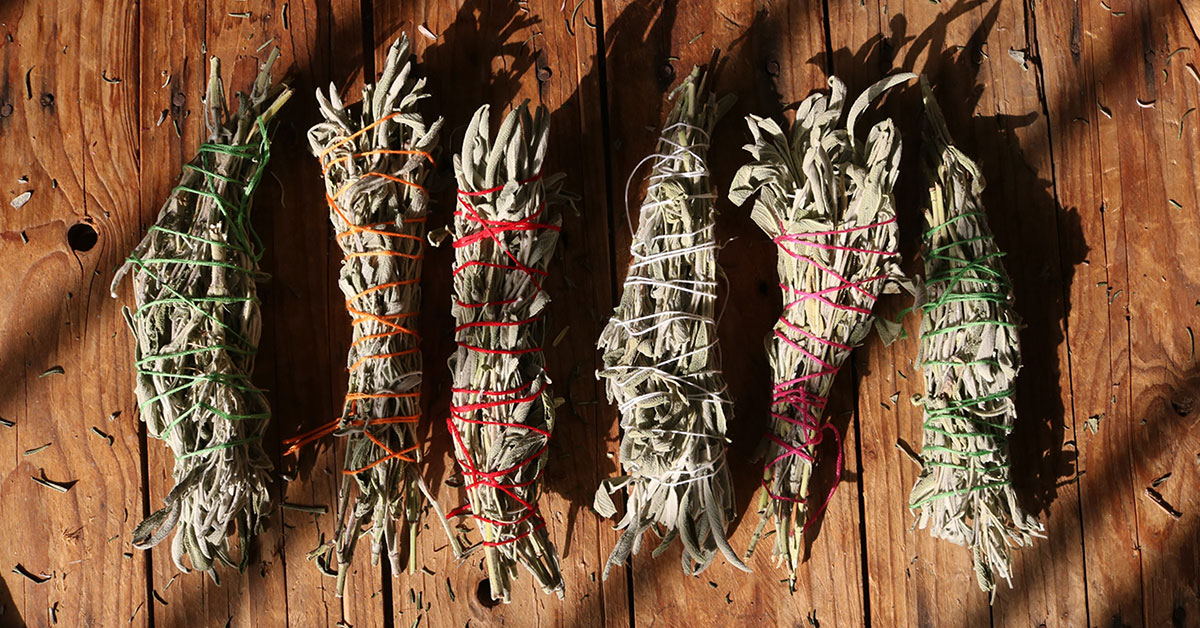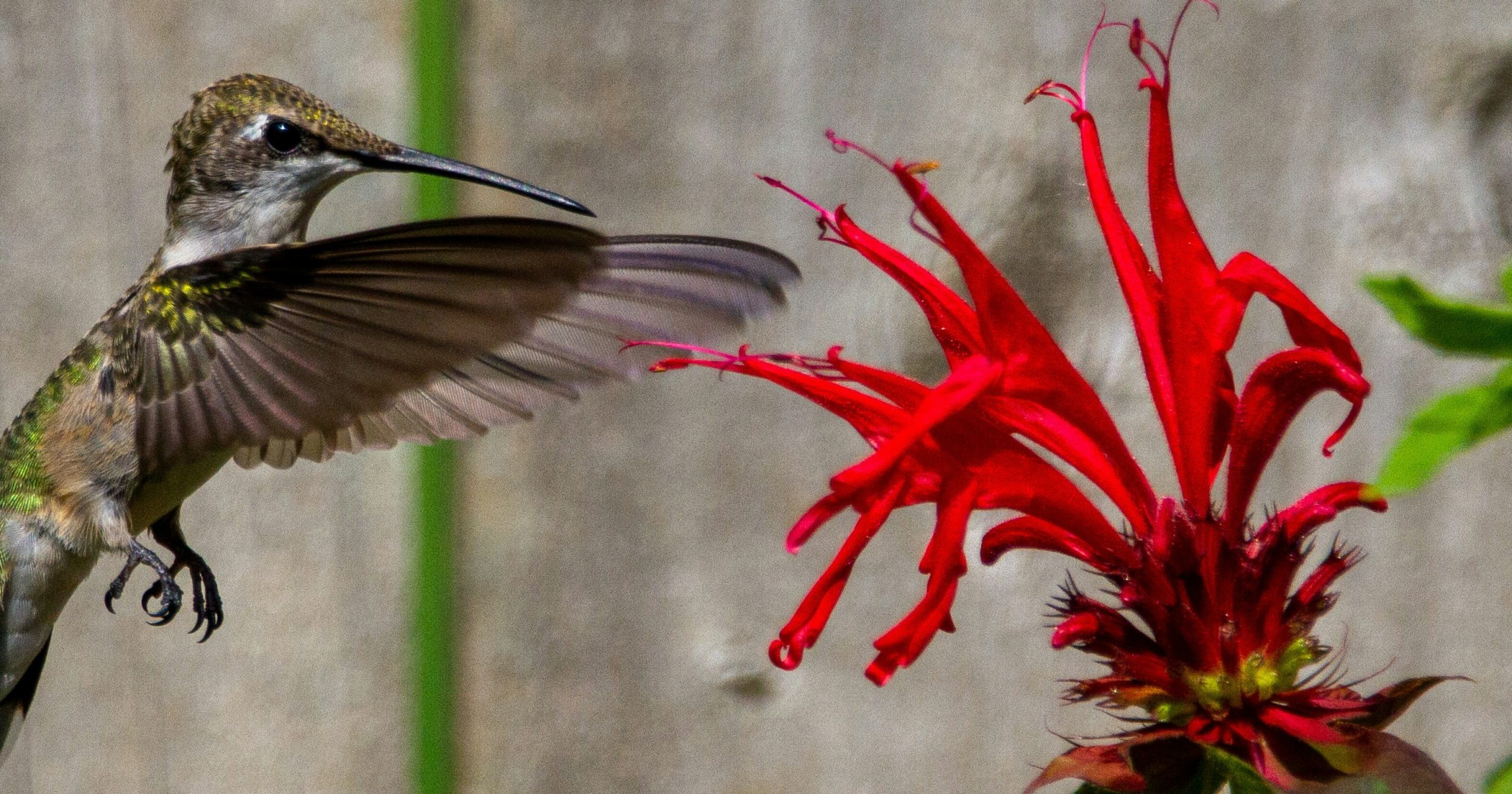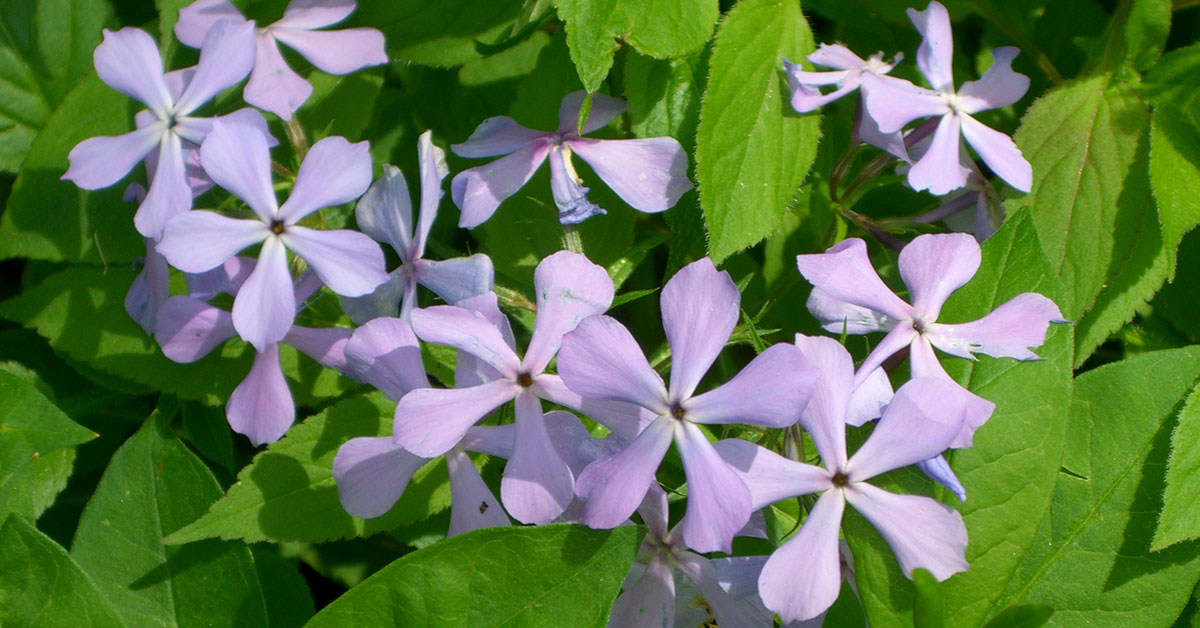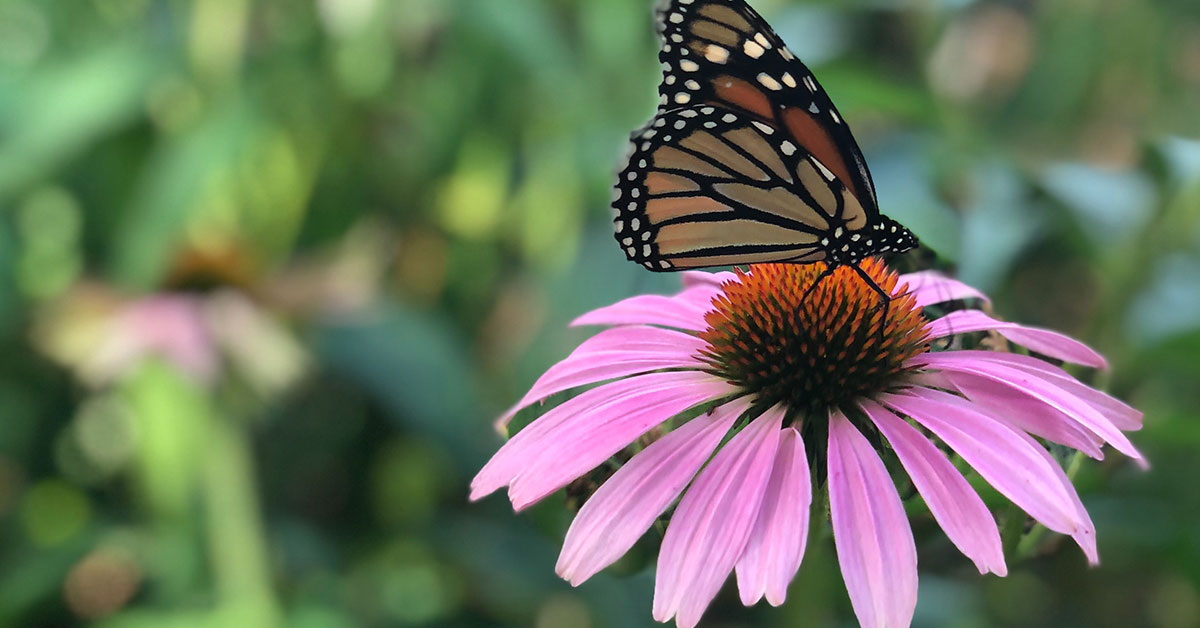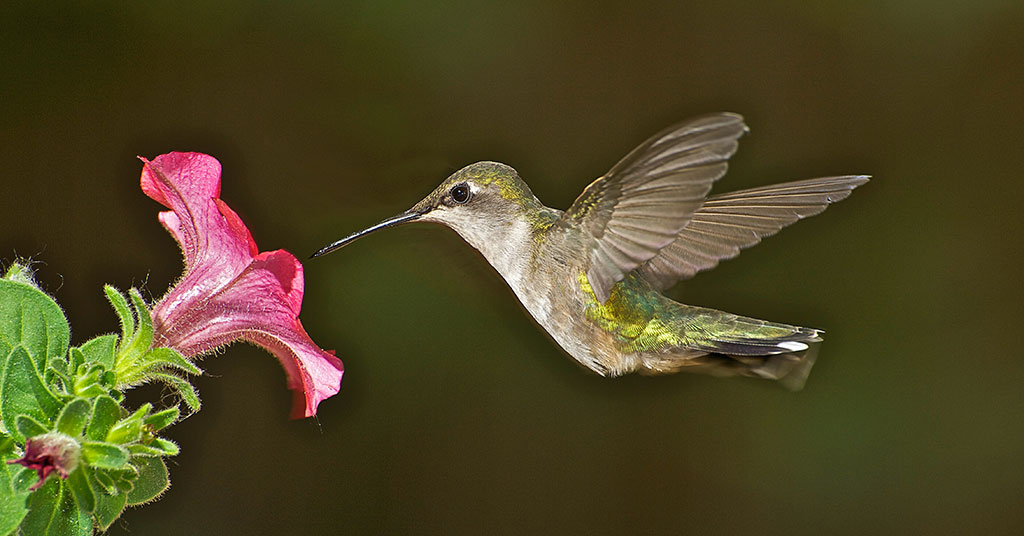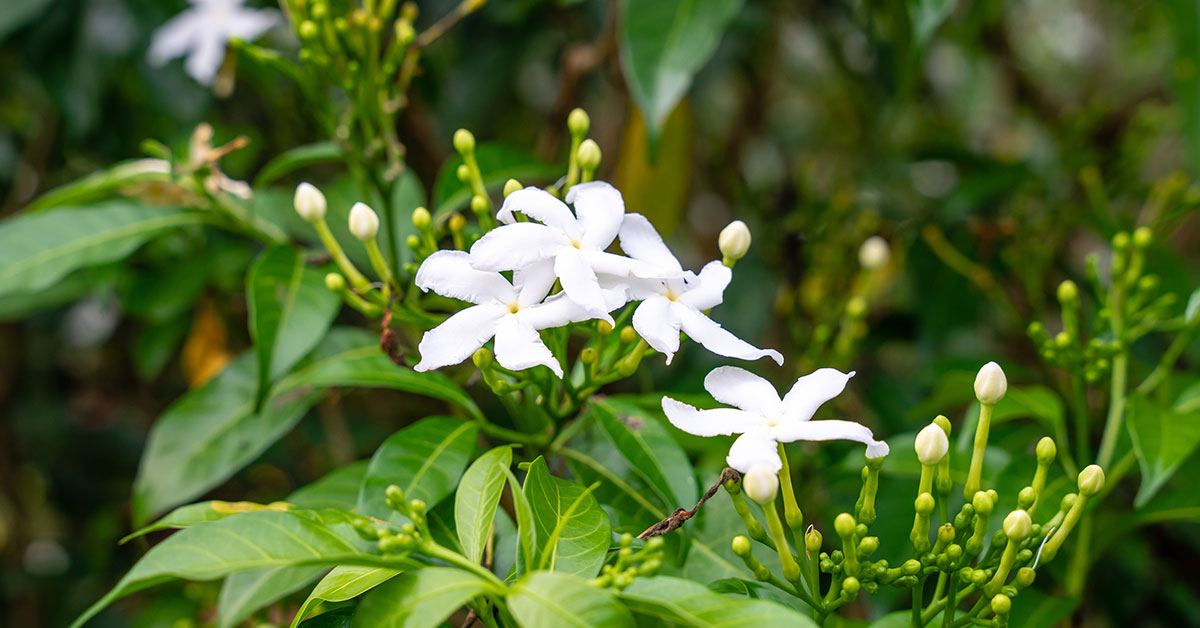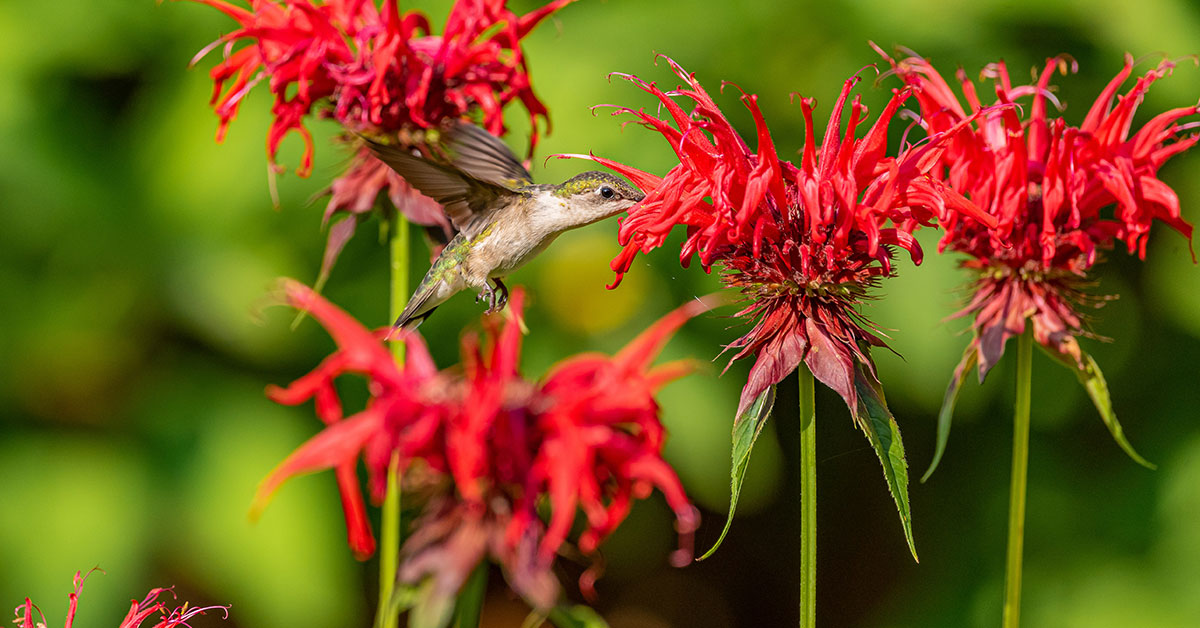Gardening is often seen as a sanctuary, a place where we cultivate beauty and life. Many gardeners conscientiously choose bee-friendly flowers with the noble intention of supporting our essential pollinators. The mantra seems simple: plant flowers, support bees, and contribute positively to the ecosystem. However, what if this well-meaning act is inadvertently causing harm?
It’s a jarring thought, but a crucial one to consider as we delve into the little-discussed topic of how many so-called “bee-friendly” flowers may actually pose a threat to these invaluable creatures.
Why are some bee-friendly flowers bad for pollinators?
From large-scale nurseries to your local garden center, plants are frequently treated with pesticides and other chemicals to ensure their health and longevity. Unfortunately, these treatments don’t discriminate, posing potential risks not just to garden pests, but to beneficial pollinators as well. The irony is sharp: in an effort to bolster our gardens and local ecosystems, we may be introducing elements that harm the very species we aim to protect.
If you’ve been selecting flowers based on their pollinator-friendly labels, this article is a must-read. We’ll uncover the inconvenient truths about chemical treatments on popular bee-friendly flowers and offer you safer alternatives for creating a truly bee-friendly garden.
If you’re a conscientious gardener looking to create a pollinator-friendly oasis, you’ll want to be aware of which plants are most likely to be chemically treated.
Additional Resource: 16 Flowers That Attract Bumblebees
High-Risk Categories
- Bedding Plants: These are the flowers you’ll most often find in large flats, ready for mass planting. Examples include petunias, marigolds, and pansies.
- Exotic or Tropical Plants: Due to their non-native status and the difficulty in growing them, tropical plants like orchids or bromeliads are often treated with pesticides to survive the local climate.
- Roses: One of the most popular but also most pesticide-intensive plants. Roses are highly susceptible to a range of diseases and pests, making them a frequent target for chemical treatments.
- Flowering Shrubs: Azaleas, rhododendrons, and hydrangeas often get the pesticide treatment, especially when mass-produced.
- Herbs: Surprisingly, potted herbs like basil, mint, and rosemary can be treated to keep them looking fresh for purchase.
- Hanging Baskets: Plants like geraniums and fuchsias are often displayed in hanging baskets and may receive pesticide treatments to ensure they look their best.
Red Flags to Look For
- Shiny or Waxy Coating: This could be a sign of neonicotinoid treatments, a type of pesticide that’s especially harmful to bees.
- Uniform Perfection: If all the plants look absolutely flawless, it might be due to chemical treatments.
- Lack of Pollinator Activity: A very pristine, insect-free zone in a garden center may signal heavy pesticide use.
It’s crucial to inquire about the use of pesticides when purchasing plants, especially if your goal is to create a safe haven for pollinators. Opt for organic, pesticide-free, or locally grown plants when possible. And if you’re unsure, it’s always safer to grow from untreated seed. Your garden should be a sanctuary, not just for you but for the vital creatures that help it flourish.
Additional Resource: 10 Practical Ways To Help Native Pollinators
Avoiding flowers that harm bees
When selecting flowers to support pollinators, it’s crucial to consider the potential impact of chemical treatments used on store-bought flowers. These treatments can include pesticides, fungicides, and other substances harmful to bees and other pollinators, negating the benefits of the flowers themselves. To ensure you’re choosing plants that are safe for pollinators, it’s essential to adopt a mindful approach to purchasing and planting.
Firstly, prioritize buying from local nurseries and suppliers who are knowledgeable about the origins and treatments of their plants. Local nurseries often have a better understanding of what works best in your area and can provide plants less likely to have been subjected to harsh chemical treatments. Engage with them, ask about their growing practices, and express your desire for pollinator-safe plants. Some nurseries specialize in organic or naturally grown plants, which are ideal for supporting pollinator health.
Another strategy is to seek out plants labeled as organic or certified by reputable organic gardening organizations. These plants are grown without synthetic pesticides and fertilizers, reducing the risk of harmful chemical exposure to pollinators. While organic plants can sometimes be more challenging to find and potentially more expensive, they offer a safer option for your garden’s pollinators.
Growing plants from seeds is also an excellent way to ensure they are free from harmful chemicals. By starting your garden from seeds, you have control over what, if any, treatments are used. Many seed suppliers now offer organic seeds, which are produced without synthetic chemicals and provide a safe starting point for creating a bee-friendly garden.
Educating yourself about the plants that are native to your area is another effective step. Native plants are not only well-suited to local climate conditions and soil types, but they also provide the best support for local pollinators. These plants have evolved alongside native bee populations and are naturally more resistant to pests and diseases, reducing the need for chemical treatments.
Finally, fostering a dialogue with fellow gardeners and participating in community gardening groups can be invaluable. Sharing experiences and knowledge about pollinator-friendly practices can help spread awareness and increase the availability of safe plant options. Gardeners who are committed to supporting pollinators can exchange tips on where to buy safe plants and seeds, potentially pooling resources to make bulk purchases from trusted suppliers.
By taking these steps, gardeners can create environments that not only attract and nourish pollinators but also contribute to their survival and health. It’s about making informed choices that benefit not just our gardens, but the broader ecosystem that depends on these vital creatures.
Keep Reading: 10 Bees Native To North America (And How To Help Them)
